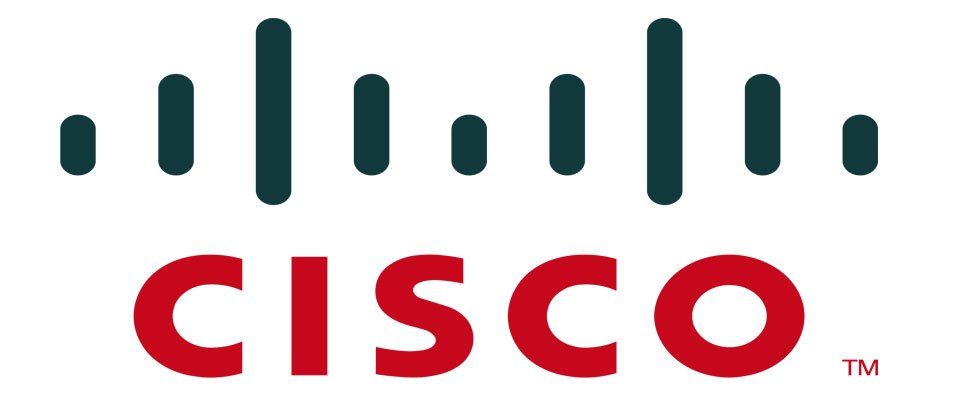Dividend Value Builder Newsletter
- Discover, Compare, and Evaluate Stocks & ETFs Without Emotional Bias -
Cisco Systems (CSCO) Stock Analysis
Cisco Systems Dividend
Sector: Technology Industry: Communications Equipment
The Cisco Systems (CSCO) dividend has been paid continuously since 2011 and increased for 15 consecutive years; qualifying the company as a Dividend Contender.
Dividend Per Share (Annualized): $1.64
Cisco offers a blend of income and stability, with a strong balance sheet, steady cash flows, and a growing dividend. As the demand for secure networking and digital infrastructure continues to rise, Cisco’s ongoing pivot to software, services, and cybersecurity positions it to benefit from long-term tech trends. It may appeal to investors seeking a mature technology company with a shareholder-friendly capital allocation strategy.

Is the stock price a Buy, Sell, or Hold?
Cisco Systems (CSCO) Stock Intrinsic Value – Margin of Safety Analysis
(updated December 2025)
Normalized Diluted Earnings Per Share (TTM): $2.59
Free Cash Flow Per Share: $3.19
Cash Flow From Operations Per Share (TTM): $3.44
Estimated Intrinsic Value: $63
Target Buy Price Based on Required Margin of Safety = $52
(Required Margin of Safety Based On Risk Stability Grade:
A = 0%, B = 20%, C = 40%, D = 60%, F = 80%)
Target SELL Price Based on Estimated Intrinsic Value = $79
(Allow Overvaluation Adjusted by Risk Stability Grade:
A = 40%, B = 25%, C = 15%, D = 5%, F = 0%)
Risk / Stability Grade: B
A grade indicates a quality company with a strong balance sheet, high earnings quality, and a positive business environment. These stocks require the slimmest margin of safety within the stock universe.
B grade indicates a company with a good balance sheet, good earning quality, and a stable business environment. The margin of safety required should be greater than stocks with an A grade but less than the average stock.
C grade indicates a company with a sufficient balance sheet, at least average earnings quality, and a reasonably stable business environment. The margin of safety required is greater than A & B stocks, but less than D & F stocks.
D grade indicates a company in good standing but has issues that could affect its stability and long term risks. D rated stocks should require a large margin of safety when purchased.
F grade indicates a company with significant issues that are currently affecting its stability and long term risks. Require an extremely large margin of safety for F rated stocks when purchased.
Financial Risk Grade: A
A grade indicates an extremely low probability of a dividend cut. This rating is reserved for companies with strong balance sheets and/or excellent dividend histories.
B grade indicates a very low probability for a dividend cut.
C grade indicates a low probability for a dividend cut and/or average safety risk.
D grade indicates there are issues that should be considered concerning future dividend payments.
F grade indicates serious dividend safety risks. Investors should complete comprehensive due diligence before investing.
Business Quality Grade: B
A grade indicates earnings quality is high or far above average.
B grade indicates earnings quality is good and/or above average.
C grade indicates earnings quality is acceptable or average.
D grade indicates earnings quality is poor and requires thoughtful due diligence.
F grade indicates the quality of the earnings is poor or far below average requiring serious due diligence.
Earnings Report: 10/31/25
AAAMP Portfolios Position Disclosures:
Treasure Trove Dividend (TTD) – None
Global Dividend Value (GDV) – None
Dividend Growth & Income (DGI) – None
Global Value (GV) – None
Global Value Aggressive (GVA) – None
Global Conservative Income (GCI) – LONG
Global High Income (GHI) – None
Company Description
Sector: Technology
Industry: Communications Equipment
Company Overview:
Cisco Systems (CSCO) is a global leader in networking hardware, software, and telecommunications equipment. The company’s products and services include routers, switches, cybersecurity solutions, and cloud-based software for enterprises, telecommunications providers, and governments. Cisco is integral to the infrastructure of the internet, offering solutions that enable secure and efficient communication and data exchange across networks.
Company Strengths:
Cisco benefits from its strong market position in networking and cybersecurity, with a broad product portfolio that serves both small businesses and large enterprises. Its recurring revenue model from subscriptions and services, including cloud and security solutions, provides financial stability and growth. Cisco’s large customer base, extensive global reach, and deep R&D investments allow it to stay competitive in the fast-evolving tech landscape.
Company Challenges:
Cisco faces challenges from intense competition in both hardware and software, particularly from newer entrants and established players like Juniper Networks, Arista, and Huawei. As businesses move towards more cloud-based infrastructure, Cisco must adapt to the growing demand for software and services rather than traditional hardware. Additionally, pricing pressures and the need for continuous innovation in a rapidly changing technology environment require sustained investment and operational efficiency.
Dividend Value Builder Membership (24 Issues) - $199/Yr.
Minimize Large Portfolio Drawdowns
Invest With Confidence In Less Time - Manage Your Portfolio Without Behavioral Errors
Disclaimer:
While Arbor Investment Planner has used reasonable efforts to obtain information from reliable sources, we make no representations or warranties as to the accuracy, reliability, or completeness of third-party information presented herein. The sole purpose of this analysis is information. Nothing presented herein is, or is intended to constitute investment advice. Consult your financial advisor before making investment decisions.
